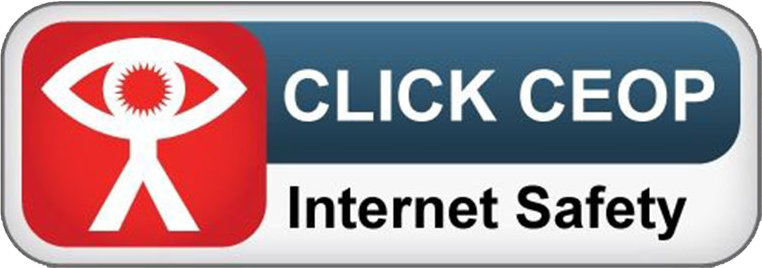Music Therapy is an established healthcare profession that uses music to address physical, emotional, cognitive, and social needs of individuals of all ages. Music therapy improves the quality of life for persons who are well and meets the needs of children and adults with disabilities or illnesses.
Music therapy interventions can be designed to:
Research in music therapy supports its effectiveness in a wide variety of healthcare and educational settings. (American Music Therapy Association)
Music Therapy belongs to The Arts Therapies, where music, art, drama and dance are not so much ‘taught’ as ‘lived’. A session is not a lesson … the client, whatever age they may be, will be encouraged to let go of the idea of a ‘right or wrong’ way to play, move or paint, and be given the freedom and encouragement to rely more on ‘instinct’ and ‘preference’. Within the safety and clear boundaries of the therapeutic environment, children and adults alike will often find a place where they are able to discover something of their ‘authentic’ selves in a way that words alone so often fail to do.
Music therapists work with a wide range of client groups including, and especially, children and young people with special, profound and complex needs, many of whom struggle with words or verbal material.
Music Therapy is:
In a Music Therapy session, the therapist aims to match the person’s spontaneous sounds no matter how chaotic, uncertain or fragmented, and ‘contain’ them in an improvised musical framework. This ‘co-created’ music can then lead to spoken discussion, but may just as well become the process of communication, interaction and relationship building in itself.
